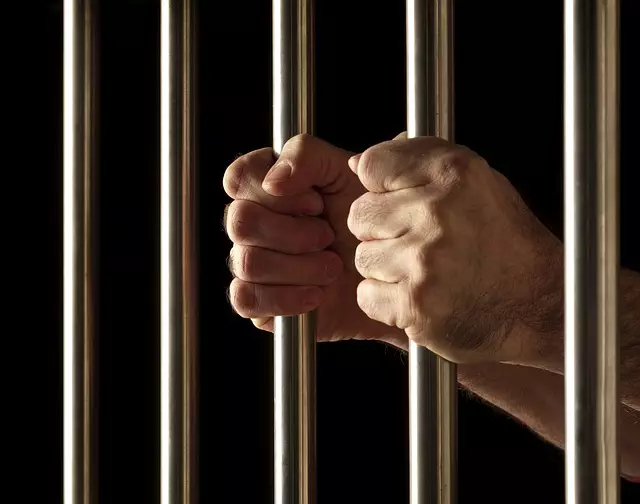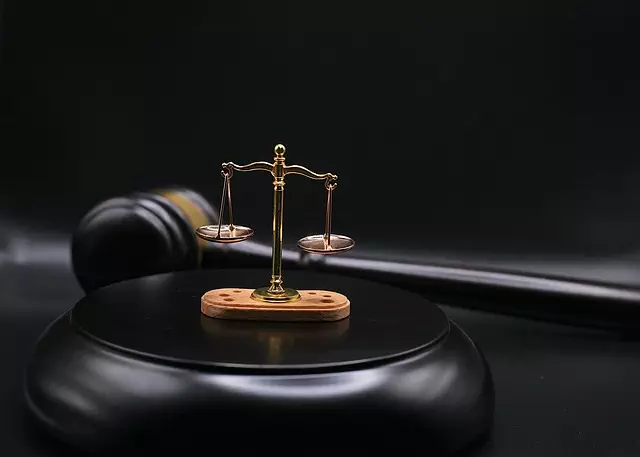
Category: Arvada Colorado Juvenile Defense
Arvada Colorado Juvenile Defense: A Comprehensive Overview
Introduction
In the heart of Colorado, Arvada stands as a vibrant community, but beneath its thriving surface lies a critical aspect of urban life that demands attention—its juvenile defense system. “Arvada Colorado Juvenile Defense” is more than just a legal framework; it’s a protective shield for young individuals who find themselves entangled in the criminal justice system. This article aims to unravel the complexities of Arvada’s juvenile defense, exploring its origins, impact, and the various factors shaping its evolution. By delving into this topic, we gain insights into how communities can better support their youth and navigate the delicate balance between accountability and rehabilitation.
Understanding Arvada Colorado Juvenile Defense
Definition and Core Components
Arvada Colorado Juvenile Defense refers to the legal services, policies, and practices designed to address crimes committed by minors (juveniles) within the city limits of Arvada, Colorado. It involves a multifaceted approach that includes counseling, diversion programs, restorative justice initiatives, and, when necessary, formal court proceedings. The primary goal is to hold juveniles accountable while also addressing the underlying causes of their involvement in criminal activities.
Key components include:
- Legal Representation: Ensuring that juvenile offenders have access to competent legal counsel who specialize in youth-specific legislation.
- Diversion Programs: Alternative options to formal court processing, such as community service, counseling, or educational programs, aimed at keeping cases out of the court system.
- Restorative Justice: Processes that foster reconciliation between victims and perpetrators, promoting healing and reintegration within the community.
- Parental Involvement: Engaging parents or guardians in the rehabilitation process to encourage accountability and support for their children’s well-being.
- Community Resources: Leveraging local organizations and services to provide counseling, education, and skill development opportunities for at-risk youth.
Historical Context
The concept of juvenile defense has evolved over time, reflecting societal changes in how we view and treat young offenders. Historically, the focus was primarily on punishment and deterrence, often resulting in harsh sentences and a lack of individualized consideration. However, starting in the late 20th century, there was a paradigm shift towards a more holistic approach, recognizing that juveniles are not mini-adults and require unique support systems.
In the United States, the 1970s marked a turning point with landmark cases like In re Winship (1970), which emphasized the need for beyond-a-reasonable-doubt proof in juvenile court proceedings, and Gerwig v. California (1983), which highlighted the constitutional rights of juveniles. These cases set the stage for more equitable and fair treatment within the juvenile justice system.
Arvada’s juvenile defense system, established in the 1990s, was a response to these national trends, incorporating best practices from other cities while tailoring solutions to meet the specific needs of its youth population.
Global Impact and Trends
“Arvada Colorado Juvenile Defense” is not an isolated phenomenon; it resonates worldwide as communities grapple with the challenge of juvenile delinquency. Internationally, there is a growing recognition of the importance of early intervention and rehabilitation to break the cycle of crime. This has led to several notable trends:
- Restorative Justice Global Expansion: Restorative justice practices, pioneered in New Zealand, have spread globally, with many countries adopting similar models to address juvenile offenses.
- Diversion Programs as Best Practice: Successful diversion programs are now considered a gold standard, with various nations adapting and implementing them to reduce court caseloads and recidivism rates.
- International Collaboration: Organizations like the United Nations Office on Drugs and Crime (UNODC) facilitate global cooperation, sharing research, strategies, and resources to enhance juvenile justice systems worldwide.
Different regions face unique challenges, however. For instance, countries with high poverty rates may struggle with limited access to educational and recreational opportunities, driving youth towards criminal activities. In contrast, nations with stringent laws against juvenile offense might opt for harsher punishments, raising concerns about human rights violations.
Economic Considerations
The economic implications of Arvada’s juvenile defense system are multifaceted:
Market Dynamics
- Legal Services: The demand for specialized juvenile defense attorneys creates a niche legal market in Arvada, with associated costs for both the public and private sectors.
- Community Resources: Diversion programs and rehabilitation services generate economic activity as local organizations step up to provide these resources, potentially creating new job opportunities.
Investment Patterns
Private investors and philanthropic foundations play a significant role in funding juvenile defense initiatives. Grants and donations are often directed towards programs that demonstrate success in reducing recidivism rates, ensuring long-term cost savings for the community. For example, successful restorative justice programs can lead to reduced future criminal justice costs associated with recurring offenses.
Economic Impact on the Community
A robust juvenile defense system contributes to a more stable and prosperous Arvada by:
- Reducing Recidivism: Lower repeat offense rates mean fewer resources are diverted towards incarceration, allowing for reallocation to other community development projects.
- Enhancing Quality of Life: By addressing the root causes of juvenile delinquency, the city can focus on improving education, employment opportunities, and recreational facilities, leading to a healthier, more vibrant community.
Legal Framework and Practices
Arvada’s juvenile defense system operates within the broader framework of Colorado state law, which has specific provisions for handling juvenile offenses:
- Age of Accountability: Colorado sets the age of accountability at 13, meaning individuals aged 13 to 17 are subject to the juvenile justice system.
- Procedural Safeguards: State laws ensure that juveniles accused of crimes are treated fairly, with access to legal representation, the right to remain silent, and protection from self-incrimination.
- Court Procedures: Juvenile court proceedings often involve less formal settings than adult courts, focusing on rehabilitation rather than punishment.
- Disposition Options: Judges have discretion in deciding dispositional options, which can include probation, counseling, community service, or, as a last resort, secure detention facilities.
Challenges and Innovations
Challenges
Despite its many successes, Arvada’s juvenile defense system faces challenges:
- Resource Allocation: Securing adequate funding for comprehensive support services remains an ongoing concern.
- Recidivism Rates: While efforts are made to reduce reoffending, certain demographics, such as youth with severe mental health issues or a history of trauma, continue to face higher recidivism risks.
- Community Support: Building community buy-in and collaboration is essential for the success of diversion programs, which may sometimes be met with resistance due to concerns about public safety.
Innovations
To address these challenges, innovative approaches have been introduced:
- Technology Integration: Online counseling platforms and virtual court appearances reduce barriers to access, especially for youth who face transportation challenges.
- Specialized Programs: Targeted interventions for high-risk groups, such as youth with behavioral disorders or those experiencing homelessness, offer tailored support.
- Community Partnerships: Collaborating with local schools, faith groups, and youth organizations strengthens the support network for at-risk individuals.
- Data-Driven Decisions: Utilizing data analytics to identify trends in juvenile offenses helps policymakers make informed decisions about resource allocation and program development.
Public Perception and Community Engagement
Public perception plays a crucial role in shaping Arvada’s juvenile defense system. Community engagement is essential to dispel negative stereotypes and foster a culture of support and understanding:
- Education and Awareness: Holding community forums, workshops, and information sessions helps residents understand the juvenile justice system and its goals.
- Volunteer Opportunities: Encouraging citizens to volunteer with local youth organizations provides hands-on support and contributes to positive relationships between young people and the community.
- Feedback Mechanisms: Establishing open lines of communication allows residents to provide feedback, ensuring that juvenile defense initiatives remain responsive to community needs.
Conclusion
“Arvada Colorado Juvenile Defense” is a dynamic and evolving system that reflects the city’s commitment to its youth. By adopting best practices, leveraging resources, and fostering community involvement, Arvada strives to create a supportive environment where young individuals can make positive choices while also receiving the guidance and help they need to thrive. As global trends continue to emphasize rehabilitation over punitive measures, Arvada’s approach stands as an example of how communities can proactively address juvenile delinquency and build safer, more resilient neighborhoods.









